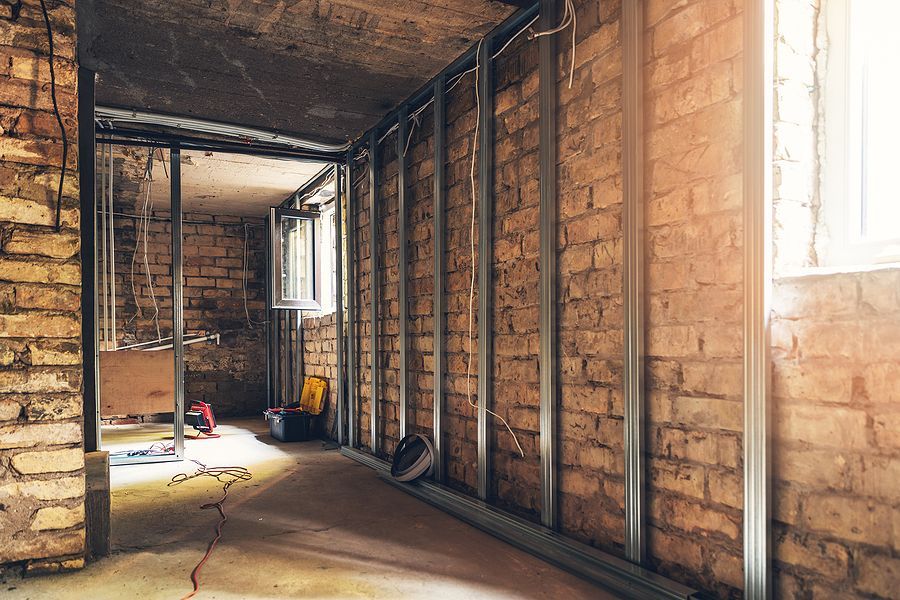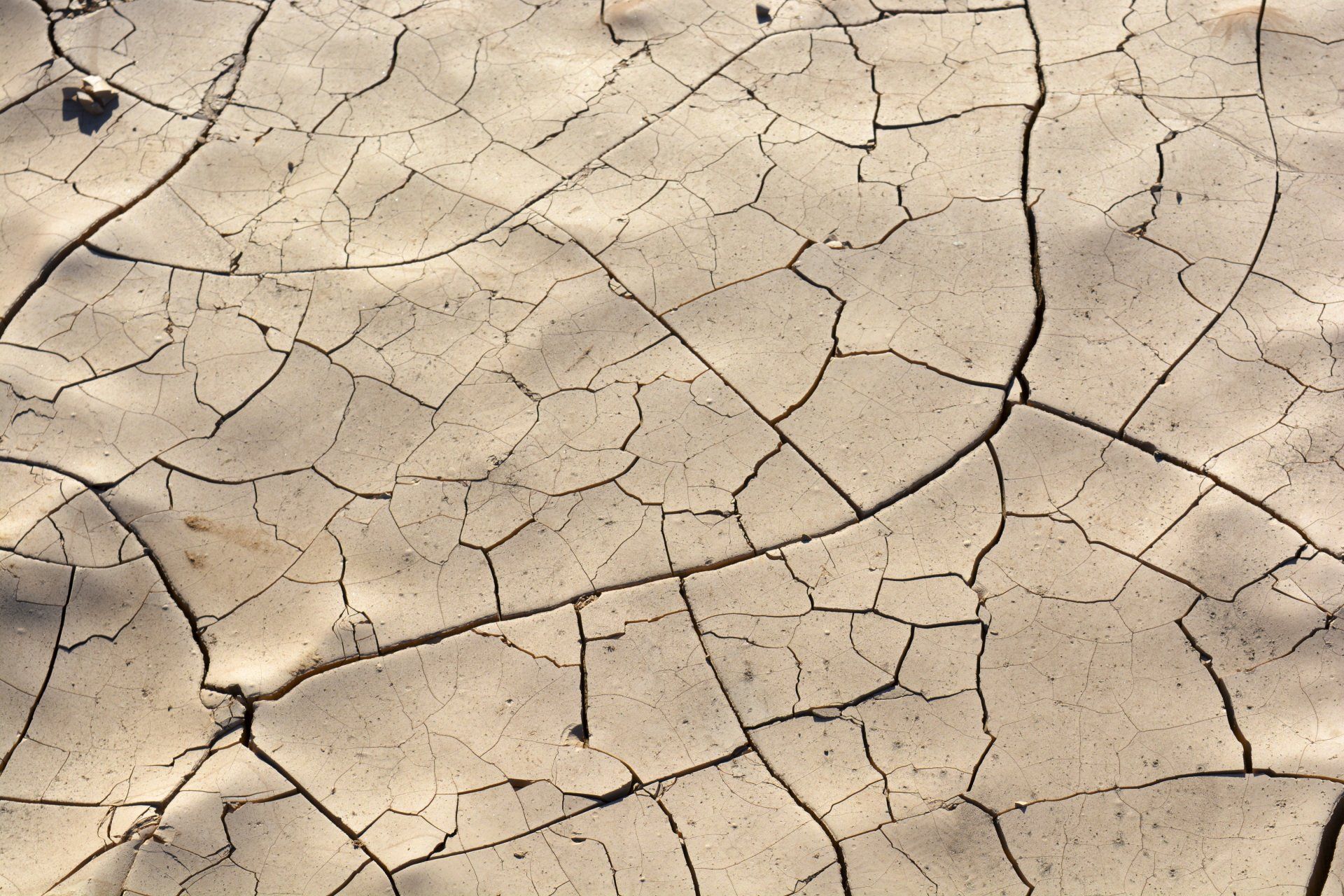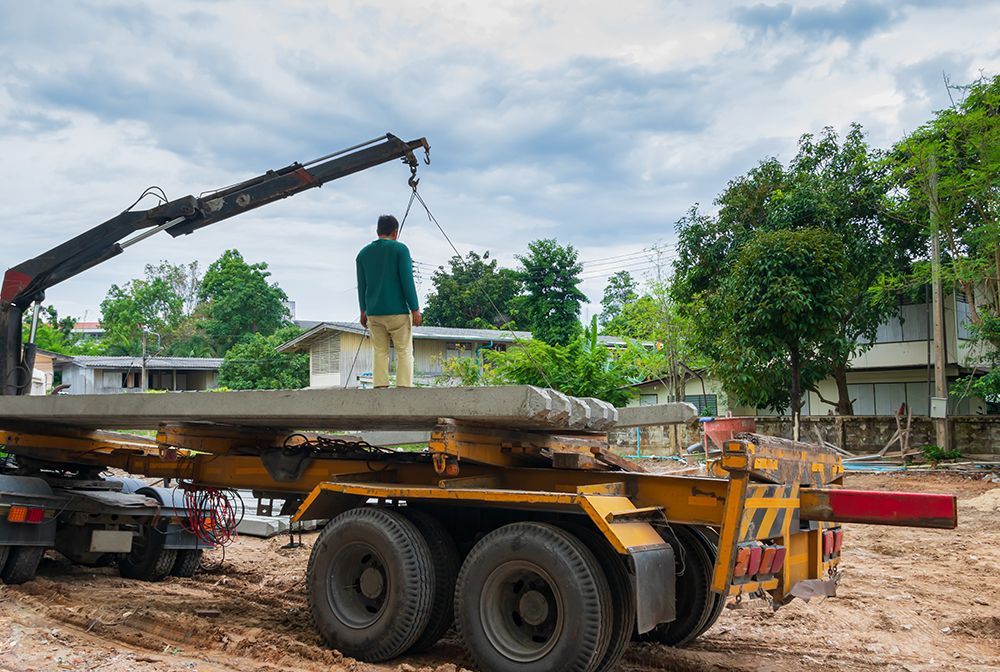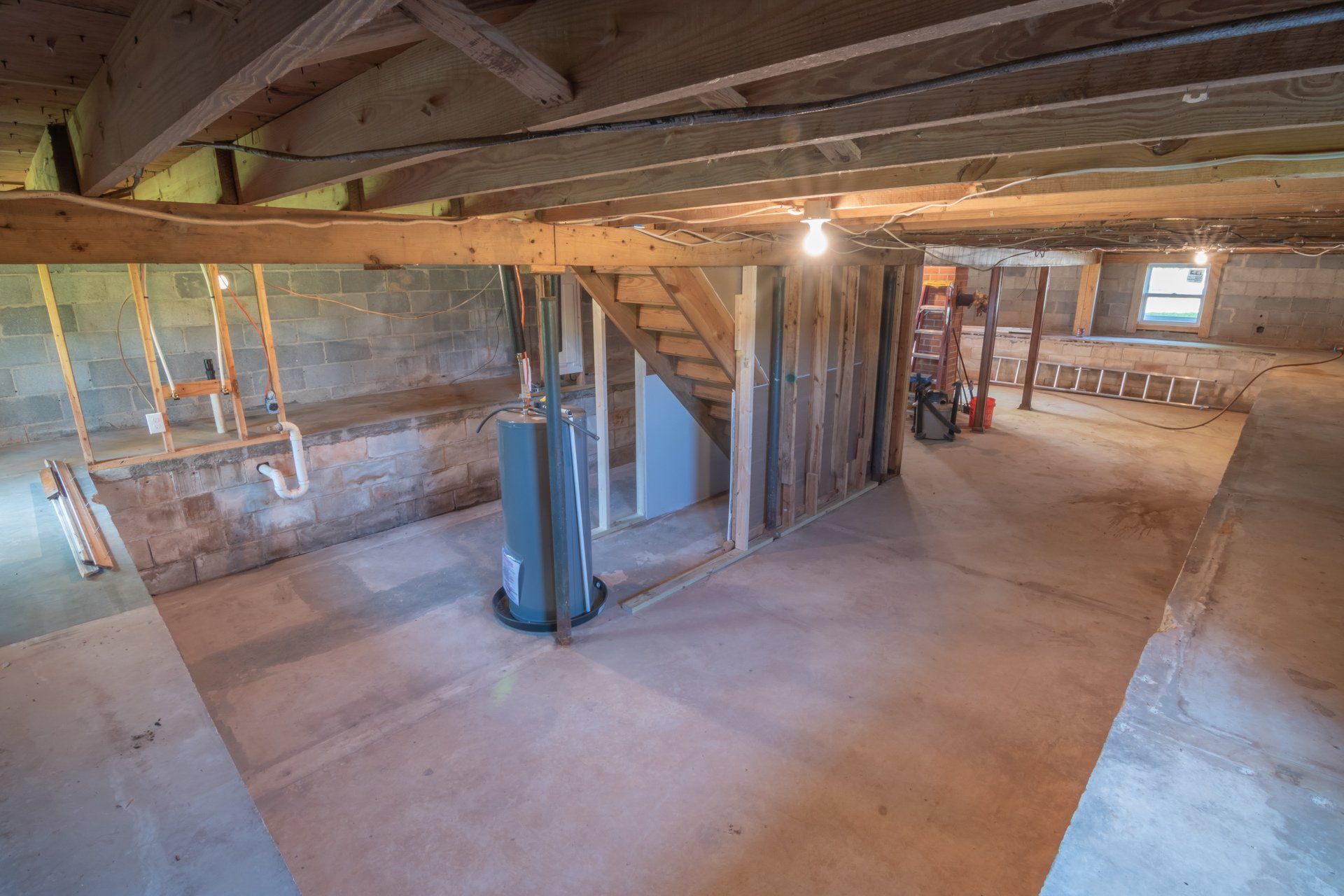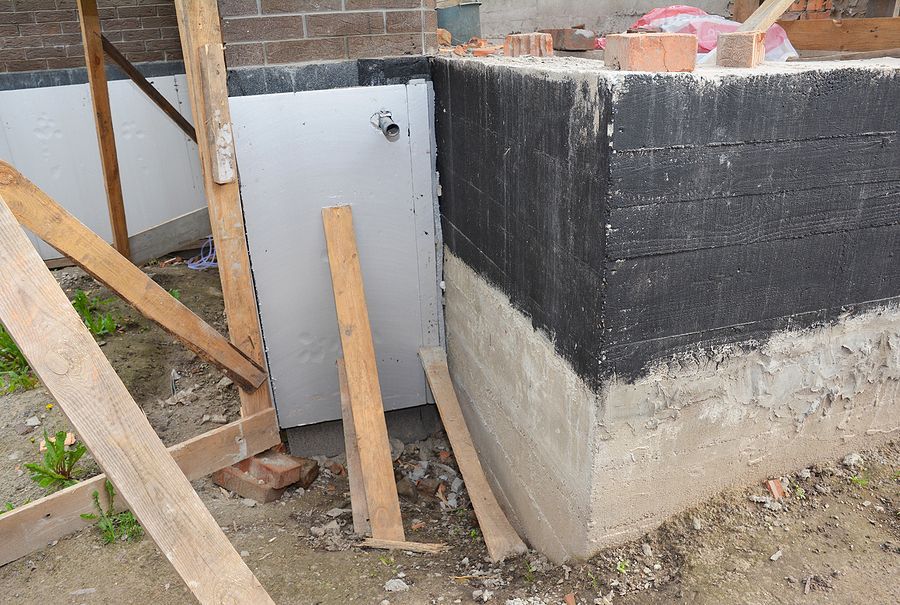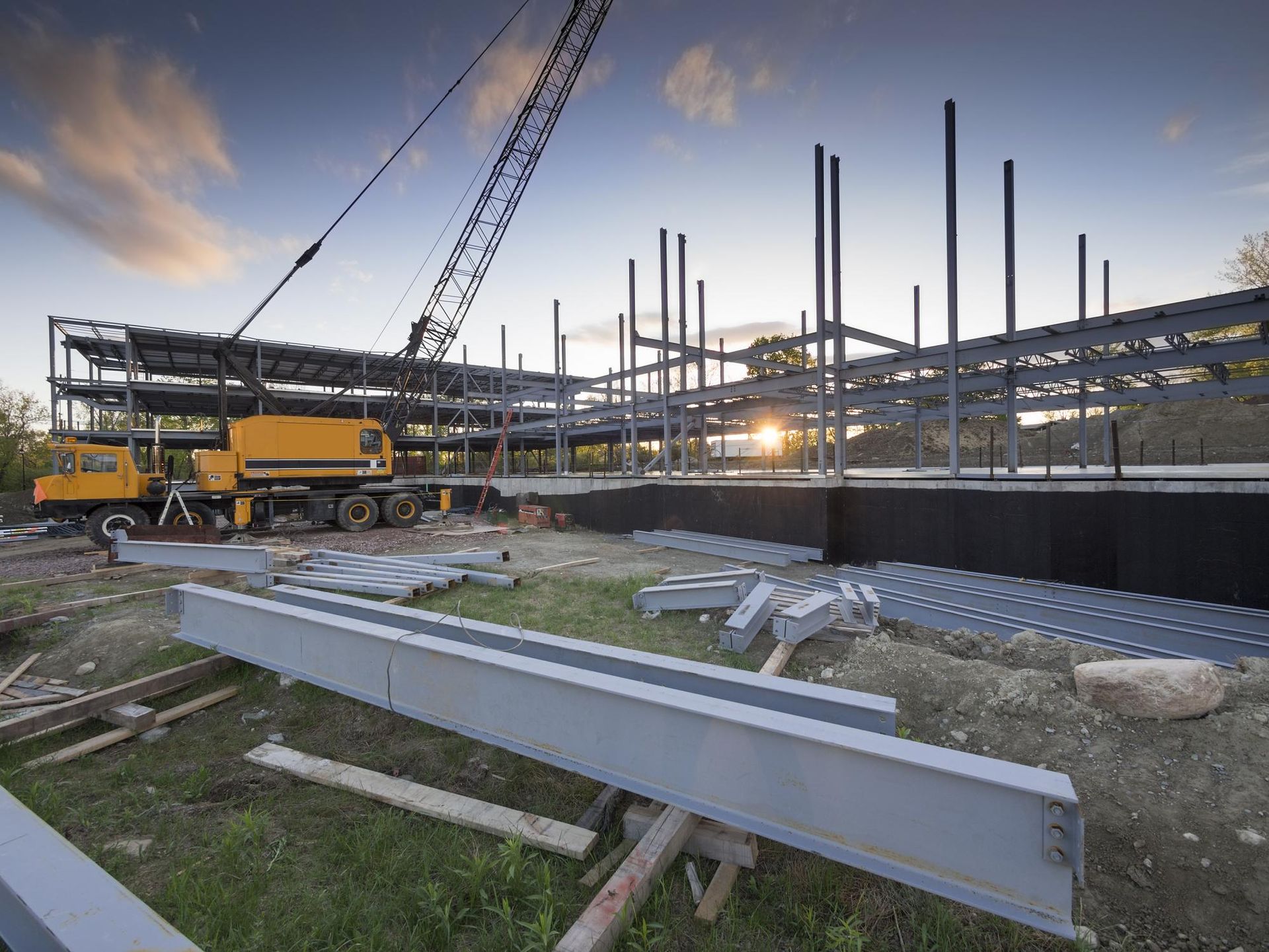Interior Waterproofing Techniques: Preventing Water Damage in Home
Key Components of Interior Waterproofing
Water damage can wreak havoc on your home, causing structural problems, mold growth, and costly repairs. Protecting your home's interior from water intrusion is essential, and one crucial aspect of this protection is interior waterproofing. In this comprehensive guide, we'll explore various interior waterproofing techniques to prevent water damage in your home. We'll cover foundation wall waterproofing, foundation sealer, foundation waterproofing membrane, waterproofing foundation, basement wall waterproofing, foundation drainage, waterproofing paint, basement sealer, crawlspace drainage system, sealing basement walls, and sealing basement floors.
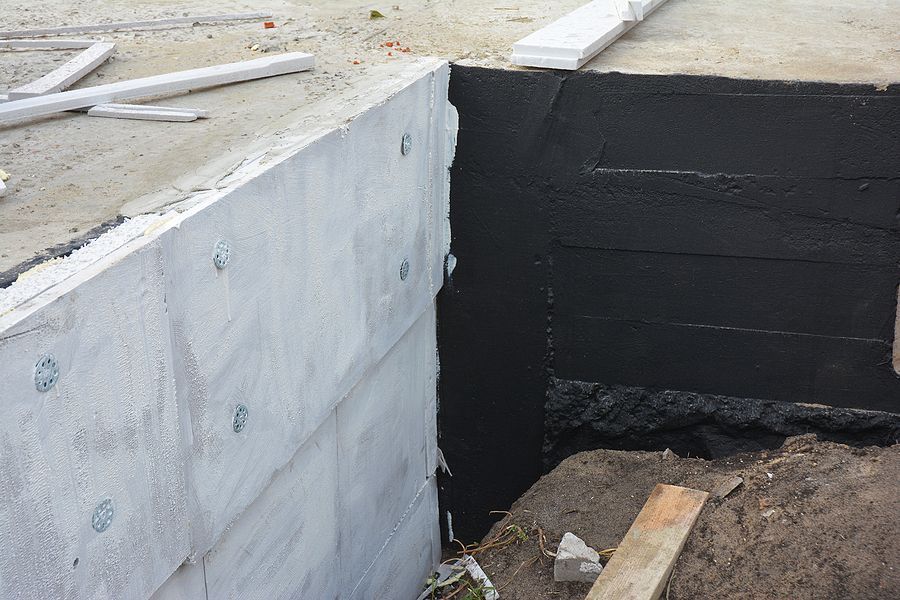
Foundation Wall Waterproofing
Foundation wall waterproofing is a vital first step in preventing water damage in your home. The foundation walls serve as a barrier between the soil and the interior of your house. When these walls are not adequately waterproofed, water can seep through, leading to a range of problems.
To waterproof your foundation walls:
- Clean the walls to remove any dirt or debris.
- Apply a waterproofing sealant or paint designed for foundation walls.
- Consider using a foundation waterproofing membrane for added protection.
Foundation Sealer
Foundation sealer is a product specifically designed to seal the porous surfaces of concrete or masonry foundation walls. Sealing your foundation helps prevent water penetration and the subsequent damage it can cause.
Steps to apply foundation sealer:
- Clean the surface of the foundation walls thoroughly.
- Apply the foundation sealer according to the manufacturer's instructions.
- Allow it to dry completely before moving forward with other waterproofing measures.
Foundation Waterproofing Membrane
A foundation waterproofing membrane is an effective way to create a waterproof barrier on the exterior of your foundation walls. This membrane acts as an additional layer of protection against water intrusion.
Installation process for a foundation waterproofing membrane:
- Excavate the soil around your foundation.
- Apply the waterproofing membrane, ensuring it adheres properly.
- Backfill the excavated area and ensure proper drainage away from the foundation.
Waterproofing Foundation
Waterproofing your foundation is a comprehensive approach to keeping water out of your home. It involves a combination of techniques, including the use of sealants, membranes, and proper drainage systems.
Key steps for waterproofing your foundation:
- Seal foundation walls using a foundation sealer or waterproofing paint.
- Install a foundation waterproofing membrane on the exterior.
- Ensure proper foundation drainage to divert water away from your home's foundation.
Basement Wall Waterproofing
Basement walls are particularly susceptible to water intrusion due to their below-ground location. Waterproofing these walls is crucial to maintain a dry and healthy living space.
To waterproof your basement walls:
- Address any cracks or gaps in the walls.
- Apply a waterproofing paint or membrane.
- Consider installing an interior drainage system to collect and divert any water that may seep in.
Foundation Drainage
Effective foundation drainage is essential to prevent water from pooling around your home's foundation. Poor drainage can lead to water infiltration and damage over time.
Steps to improve foundation drainage:
- Install downspout extensions to direct water away from the foundation.
- Ensure that the soil around your foundation slopes away from the house.
- Consider installing a French drain or other drainage system if needed.
Waterproofing Paint
Waterproofing paint, also known as moisture-resistant paint, can be applied to basement walls and floors to provide an additional layer of protection against water penetration.
Steps to apply waterproofing paint:
- Clean the surface thoroughly.
- Apply the paint according to the manufacturer's instructions.
- Allow it to dry completely before using the basement space.
Basement Sealer
A basement sealer is similar to foundation sealer but is used specifically for basement walls and floors. It helps create a moisture-resistant barrier, reducing the risk of water damage.
How to apply a basement sealer:
- Clean the basement walls and floors.
- Apply the sealer as directed by the manufacturer.
- Allow it to cure completely before using the basement.
Crawlspace Drainage System
Crawlspaces are often overlooked, but they can be susceptible to moisture problems. Installing a crawlspace drainage system can help keep this area dry and prevent issues like mold growth.
Steps to install a crawlspace drainage system:
- Ensure proper ventilation and insulation in the crawlspace.
- Install a vapor barrier on the ground to prevent moisture from rising.
- Consider a sump pump system to remove any water that may accumulate.
Sealing Basement Walls and Floors
Sealing basement walls and floors is a crucial part of interior waterproofing. Proper sealing helps create a barrier that prevents water from infiltrating your basement.
Steps to seal basement walls and floors:
- Clean the surfaces thoroughly.
- Apply a basement sealer to walls and a suitable floor sealer to the floor.
- Allow the sealers to dry completely before using the basement.
Conclusion
Interior waterproofing techniques are essential for safeguarding your home against water damage. By addressing foundation wall waterproofing, foundation sealer, foundation waterproofing membrane, waterproofing foundation, basement wall waterproofing, foundation drainage, waterproofing paint, basement sealer, crawlspace drainage system, sealing basement walls, and sealing basement floors, you can significantly reduce the
risk of water intrusion and its associated problems.
Regular maintenance and periodic inspections of your interior waterproofing measures are crucial to ensuring their long-term effectiveness. With a well-protected interior, you can enjoy a dry and comfortable living space while avoiding the costly and damaging consequences of water damage in your home.

